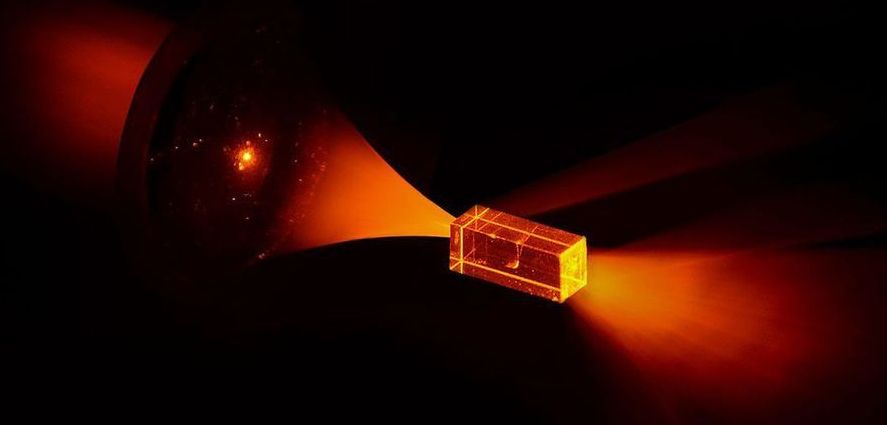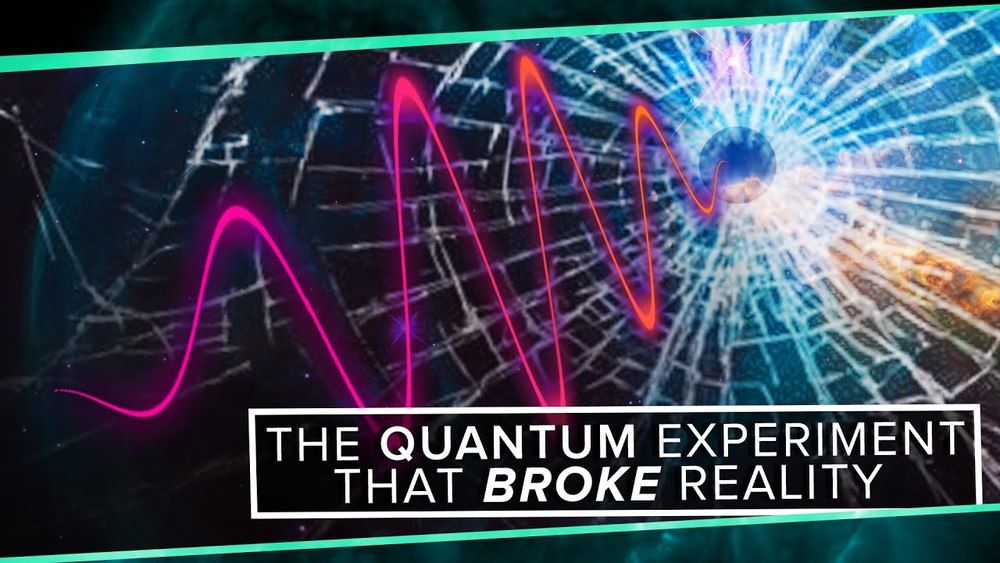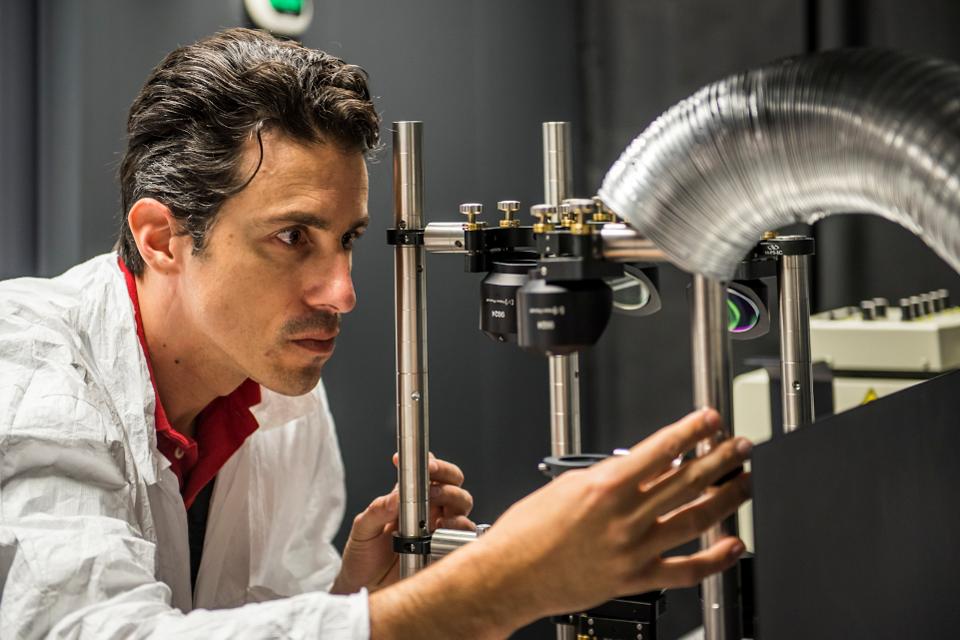Feb 8, 2020
Scientists create prototype quantum hard drive
Posted by Quinn Sena in categories: computing, encryption, quantum physics
O.o circa 2015.
Researchers from the Australian National University (ANU) and the University of Otago in New Zealand have created a prototype quantum hard drive that may fundamentally alter the realm of secure, long-distance data encryption. Using atoms of the rare-earth element europium embedded in yttrium orthosilicate (YSO) crystals, the scientists have shattered previous records for quantum information retention by creating a storage device capable of holding quantum state information for up to six hours at a time.
Quantum data encryption already offers the promise of intrinsically secure electronic data interchange over relatively short distances (up to around 100 km (62 mi) or so). However, this latest research may help enable a worldwide quantum-encrypted communications network by providing unprecedented storage capabilities and effectively negating the instability problems inherent in currently available technology.
Continue reading “Scientists create prototype quantum hard drive” »

















